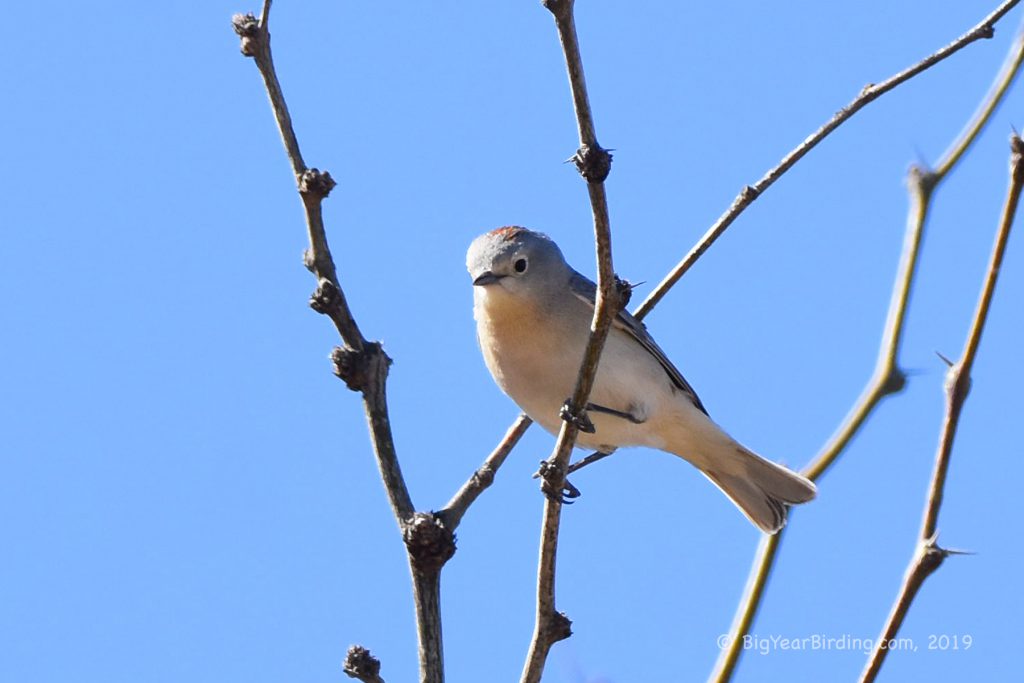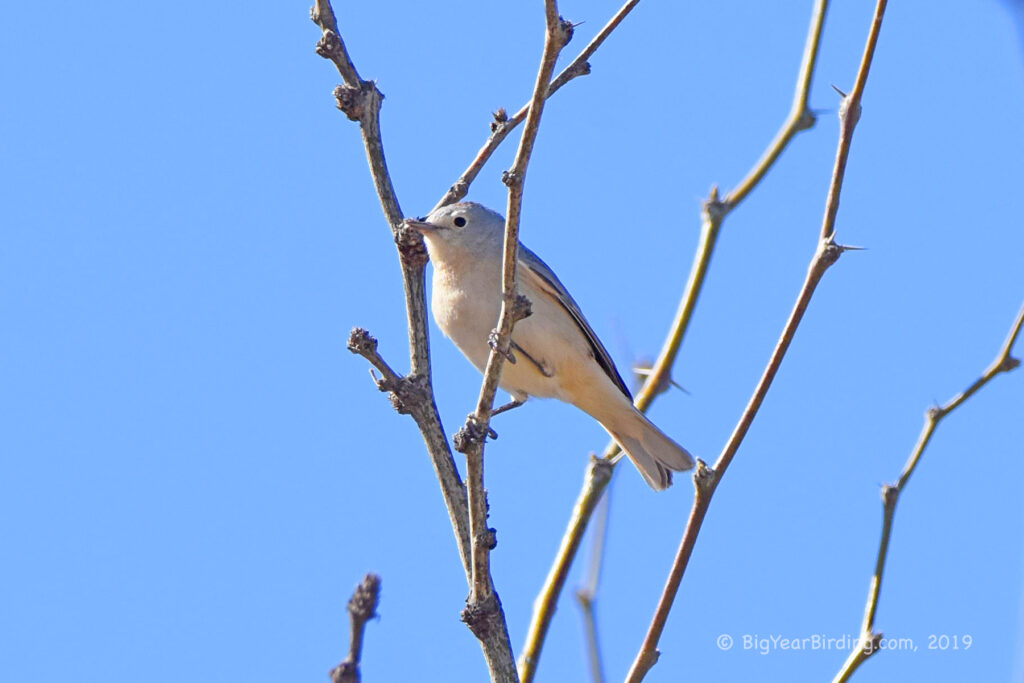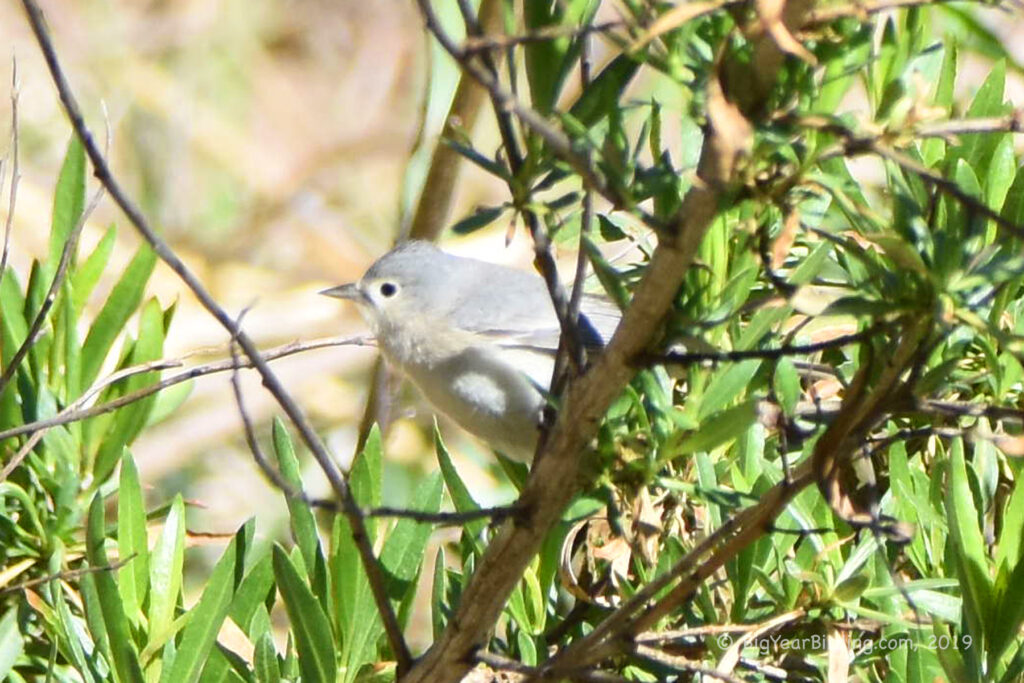
Lucy’s Warbler is a small, insect-eating bird native to the southwestern United States and parts of Mexico. It measures about 4 inches in length and weighs only about 0.2 ounces. The male of the species is easily identifiable by its striking pink-red coloring on the throat and breast, which contrasts with the gray-brown coloring on the rest of its body. Females have a less intense pink coloration, and juveniles have a duller overall appearance.

This species of warbler is known for its distinctive behavior of nesting in saguaro cacti, a behavior unique among North American warblers. Lucy’s Warblers can be found in desert habitats, especially those with mesquite trees, and they are often heard before they are seen. The male’s high-pitched song is a series of rapid, descending notes.
Lucy’s Warbler is a migratory species, spending its breeding season in the southwestern US and northern Mexico and wintering in central and southern Mexico. They are considered a long-distance migrant, with some individuals traveling over 2,500 miles between their breeding and wintering grounds. They typically arrive in their breeding grounds in late April or early May, and depart for their wintering grounds in August or September.

While Lucy’s Warbler is not considered a threatened species, their habitat is threatened by human development, particularly in areas of expanding urbanization in the southwestern US. Conservation efforts are underway to protect the saguaro cacti and other key habitats that are critical to the survival of this unique species. Despite their small size, Lucy’s Warblers are an important part of the ecosystem, playing a role in controlling insect populations and serving as prey for larger bird species.

